Subtropical Soil Health Initiative
From 2017 to 2021, NCAT and its major partner, the University of Texas Rio Grande Valley (UTRGV), studied the effectiveness and practicality of cover crops and reduced tillage in subtropical areas, focusing on the Rio Grande Valley of South Texas: an area with more than 3,000 Hispanic farm operators. The Subtropical Soil Health Initiative conducted on-farm trials to identify locally appropriate cover crops and management practices, develop recommendations, and provide technical assistance to area farms. Below are resources for using cover crops in subtropical areas.
This work was supported by the Conservation Innovation Grants program at USDA’s Natural Resources Conservation Service, agreement #69-3A75-17-281.
Cover Crop Tipsheets
Videos
Publications
- Cover Crop Options for Hot and Humid Areas (ATTRA)
- Los Cinco Principios de la Salud del Suelo (ATTRA)
- Recursos Federales de Conservacion de Tierras de Trabajo para la Agricultura y la Ganaderia Sostenibles (ATTRA)
- Cover Crops May Exacerbate Moisture Limitations on South Texas Dryland Farms (UTRGV)
- Impact of Cover Crops on Insect Community Dynamics in Organic Farming (UTRGV)
- Arbuscular Mycorrhizal Fungi Influences Growth and Insect Community Dynamics in Sorghum-Sudangrass (UTRGV)
- Cover Crops for Weed Suppression in Organic Vegetable Systems in Semiarid Subtropical Texas (UTRGV)
- Abiotic and Biotic Limitations to Nodulation by Leguminous Cover Crops in South Texas (UTRGV)
Podcasts
- Inoculating Legume Cover Crops
- Do Cover Crops Steal Water? Part 1
- Do Cover Crops Steal Water? Part 2
- Using Drones in Agriculture
- Texas Farmer in Underserved Community
- Organic Integrated Pest Management in the South
NRCS Resources
- NRCS Cover Crop Calculator for Texas: Detailed and highly useful guidelines and planning tools, including plant characteristics and recommended seeding rates and planting dates for all regions of Texas (2020).
- Technical Specification: Cover Crop Code 340 for Texas: Overview of cover crop benefits, seeding methods and timing, termination, mixtures, etc. (2019).
These NRCS guidance documents are updated regularly. For the newest versions, check the NRCS Field Office Technical Guide for your state. Look in Section 4 (“Practice Standards and Supporting Documents”), subsection “Conservation Practice Standards & Support Documents,” and sub-subsections such as “Cover Crop (340)” and “Residue and Tillage Management, Reduced Till (345).”
Posters
- Subtropical Soil Health Initiative: Introducing Cover Crops and Reduced Tillage to the Rio Grande Valley of Texas
- Subtropical Soil Health Initiative: A 3-Year Participatory Research Program
- Moisture Management is Key for Cover Crop Success in South Texas
- Cover Crops May Exacerbate Moisture Limitations on South Texas Dryland Farms
- Impacts of Winter Cover Crops on Soil Respiration in the Rio Grande Valley
- Effect of Cover Crops on Soil Respiration and Organic Matter in South Texas
- Maximizing Legume Efficiency in South Texas
Other Resources
- Final Project Report: Final report summarizing findings from NCAT’s 2017-2021 Subtropical Soil Health Initiative.
- Southern Cover Crops Council:Source for cover crop information sheets and county-specific recommendations for the southern United States.
- SARE Grant Management System: Searching under “cover crops” in the Southern Region will yield dozens of useful research reports.
- A Guide to Troubleshooting Nodulation Failure in Leguminous Cover Crops
Related Topics
Field Day Images
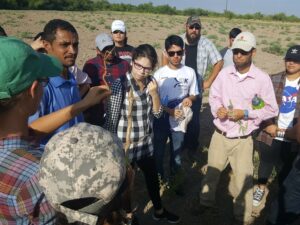
Photo: NCAT
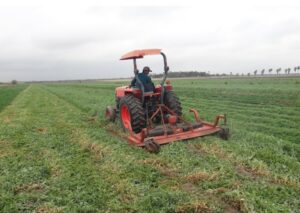
Photo: NCAT
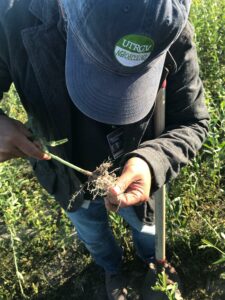
Photo: Lindsey Richards

Photo: NCAT
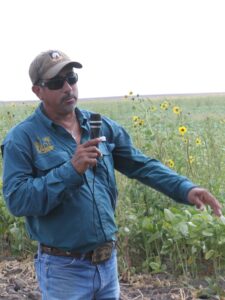
Photo: NCAT
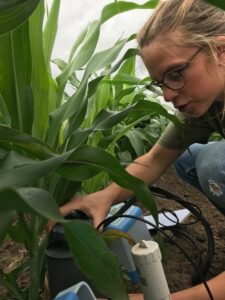
Photo: Stephanie Kasper
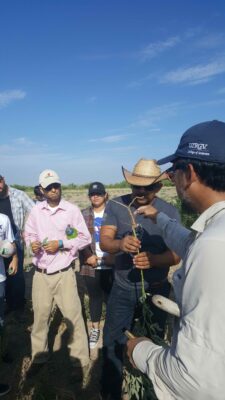
Photo: NCAT
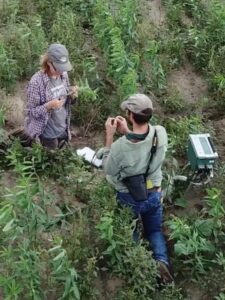
Photo: Matt Kutugata

Photo: Lindsey Richards
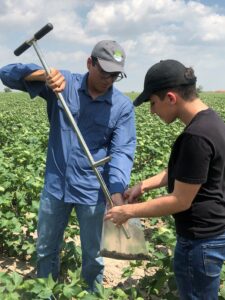
Photo: Lindsey Richard


